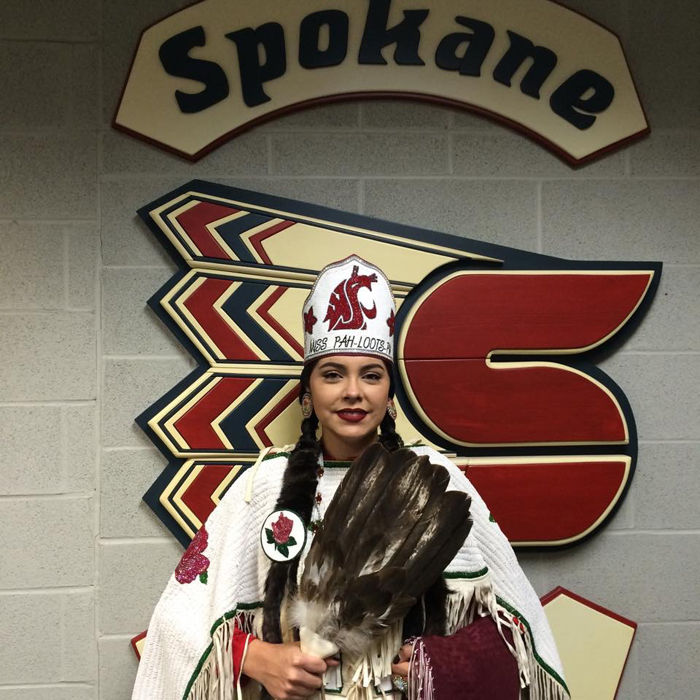Keeping traditions alive
March 22, 2016
As cliché as it sounds, college is a time in many people’s lives when they explore and establish their identity — at least it was for me.
I never grew up around the reservation where much of my family lived and still lives to this day, but I still have a connection with the culture in my own way. That connection was enriched by participating in local events hosted by the Indigenous groups at the WSU campus in Pullman, and even attending events held by other schools in the towns of Moscow, Lewiston and Clarkston.
One of the redeeming qualities of WSU is their dedication to cultural events, clubs and the strengthening of Native American student relationships through organizations like the Native American Women’s Association, Ku-Ah-Ma, the American Indian Science and Engineering Society, the Indigenous Graduate and Professional Student Association, the Native American Alliance, the Society of Indian Psychologists and WAZZU Singers.
Of all the events, I would argue the most important is the Pah-Loots-Puu Pow-Wow, which is celebrating its 40th anniversary this year on March 26 and 27.
Why is this event so important? First of all, WSU Pullman is situated on a land grant that was part of the traditional territory of the Nimi’ipuu, or Nez Perce, which originally spanned from Lewiston as far north as Pullman and Moscow, west touching the Walla Walla Nation boundary, east to the Montana/Idaho line and south into Oregon/Idaho, almost making it to the town of Weiser, per the tribal website and government records.
Allowing the tribe and Native American WSU students to host the Pah-Loots-Puu Pow-Wow every year is a way of honoring the traditions and cultural practices of the people who lived on this land since time immemorial. Dancing at Pow-Wows is more than just spinning around to the beat of a drum — sure that is what happens, however, a Pow-Wow is really about dancers, young and old, gathering to honor the land, send prayers for sick family members and connecting with their ancestors.
After all, “Pah-Loots-Puu” is a Nimi’ipuu term the people of this region called themselves and is why this area is called the “Palouse.” There is living history here, on this land. And that history is alive and well today on the WSU campus with several Nez Perce instructors among them: Renee Holt, Jeanette Weaskus, Robbie Paul and Phill Allen. There are other graduate students, teachers, and department heads from the Nez Perce tribe at our school as well.
Giving local tribal members access to teaching positions and a voice within the academic community here at Washington State only serves to enrich the experience many of us students wouldn’t get anywhere else. None of my other schools had American Indian classes, let alone any taught by local tribal members. Having an indigenous voice in college teaching is critical to the validation of Native American culture, life experience and identity.
Secondly, many minority students, in surveys on mental health, claim they have a tendency to feel disenfranchised when they get to college. Art has been explained to me as being a way to decolonize and strengthen identity — dance is an art and if you have never been to a Pow-Wow, it only takes a few seconds before you realize the complex artistry involved, from the vivid colors to the sewing, beading technique and design presented in the diverse regalia as the dancers take the floor.
Lastly, the Pah-Loots-Puu Pow-Wow, like other cultural events, is a time to honor outstanding students. Pow-Wow’s have what is known as “royalty,” and they serve as representatives of the hosting Pow-Wow at others across the United States. Usually, royalty dance after the dancers with the flags and the head dancers; last year, Amandaree Fox, WSU marketing senior, was chosen as the 2015 Miss Pah-Loots-Puu, and she has been honoring our school at various events throughout the Palouse.
If you are free at 5 p.m. Saturday, swing by Beasley Coliseum for a free dinner hosted by NAWA and a chance to browse and purchase Native American Crafts, followed by the Grand Entry (start of dancing) at 7 p.m.



















